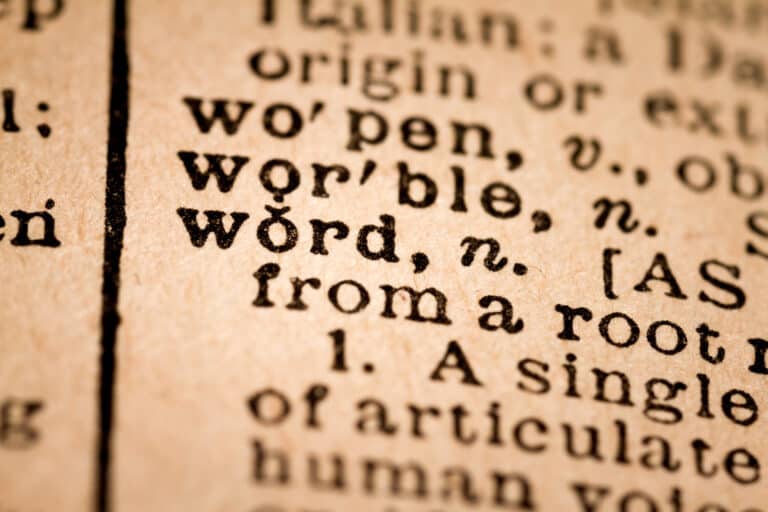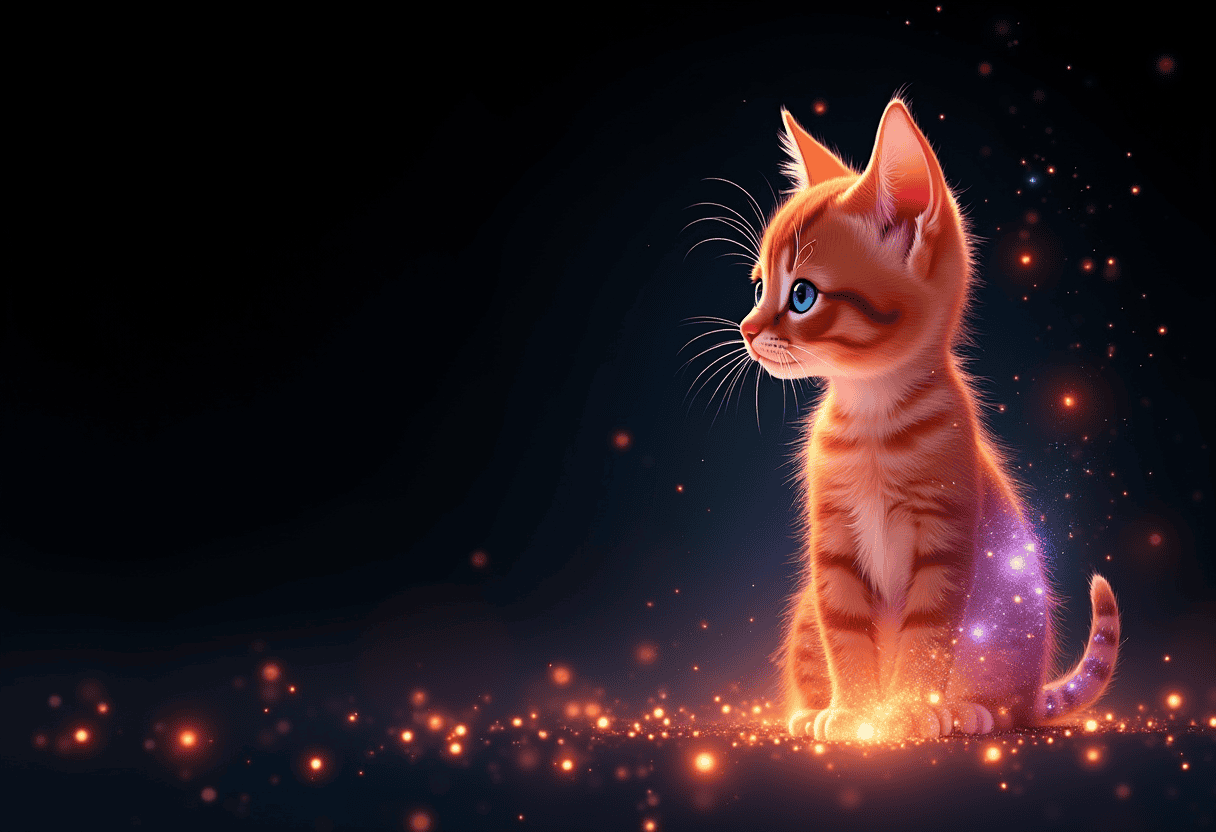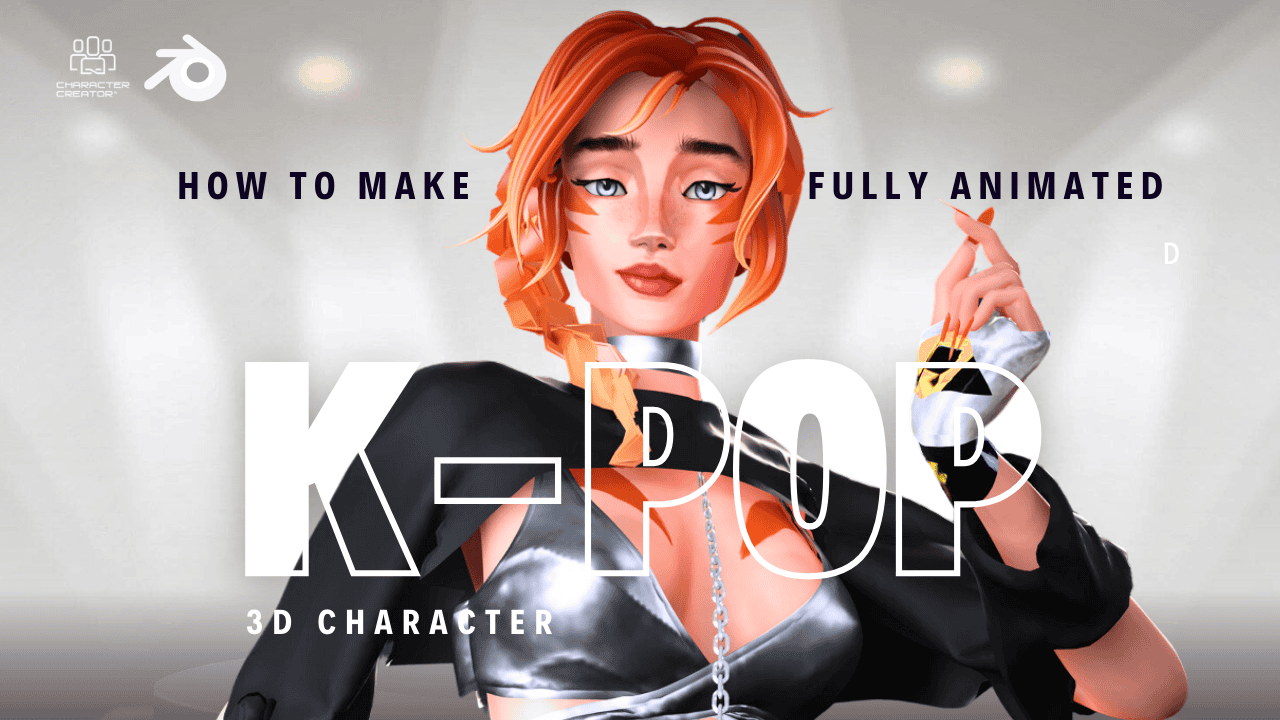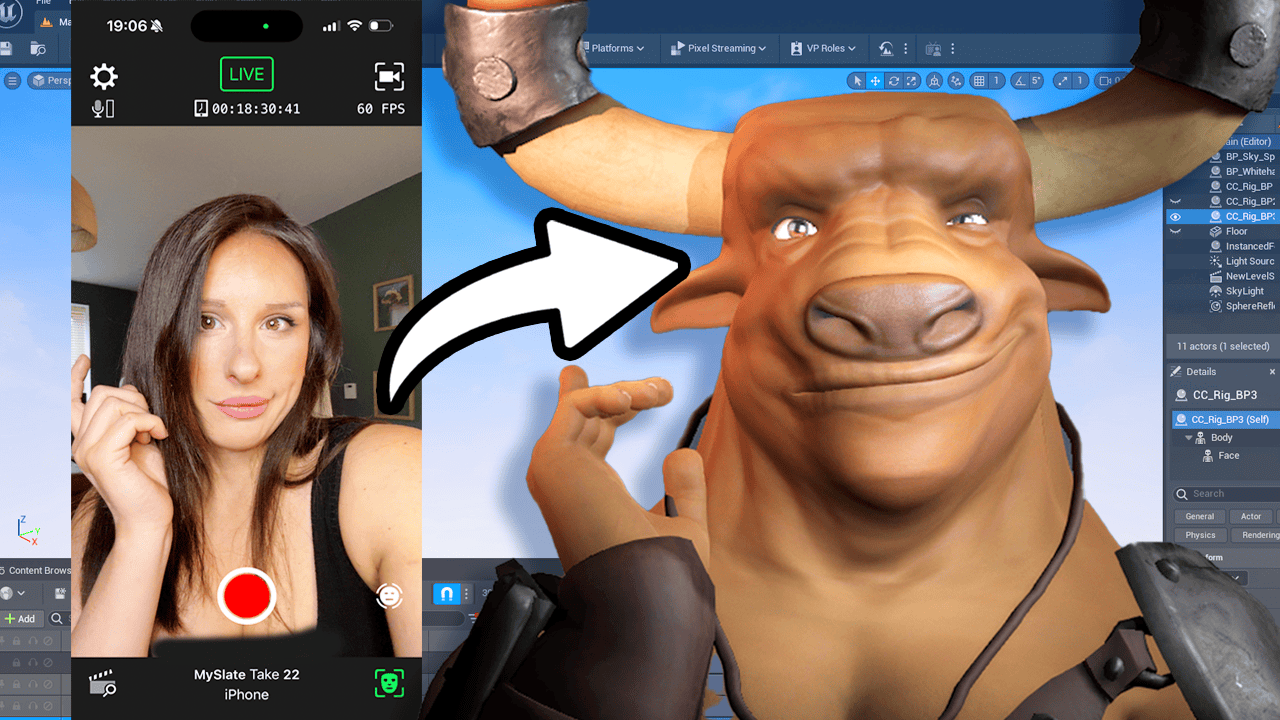Text generation is a technique that uses artificial intelligence (AI) to create written text from a given input, such as a word, a sentence, or a topic. Text generation can help us to produce various types of text, such as chat messages, product descriptions, articles, and more. Text generation has many applications, such as content creation, communication, education, and entertainment. In this guide, you will learn what text generation is, how it works, and how you can use it for your own projects.
What is text generation?
Text generation is the process of generating text from a given input, using AI and machine learning algorithms. The input can be anything that can trigger the text generation, such as a word, a sentence, a topic, a keyword, or an image. The output is the text that is generated by the AI, based on the input and the context. The output can be short or long, simple or complex, factual or creative, depending on the goal and the method of the text generation.
Text generation can be done in different ways, depending on the type and the quality of the text that we want to generate. Some common types of text generation are:
Rule-based: This is the simplest type of text generation, where we use a set of predefined rules or templates to generate text from the input. For example, we can use a rule-based text generator to create a greeting message, such as “Hello, {name}. How are you today?” Rule-based text generation can be useful for text that has a fixed or predictable structure, but it can be limited by the number and the complexity of the rules or templates.
Statistical: This is a type of text generation, where we use a statistical model, such as a Markov chain or a n-gram model, to generate text from the input, based on the probability of the words or the sequences of words. For example, we can use a statistical text generator to create a sentence, such as “The cat is on the mat.”, based on the frequency or the likelihood of the words or the phrases in a given corpus or a dataset. Statistical text generation can be useful for text that has a regular or a common pattern, but it can be affected by the quality or the size of the corpus or the dataset.
Neural: This is a type of text generation, where we use a neural network, such as a recurrent neural network (RNN) or a transformer, to generate text from the input, based on the representation or the understanding of the words or the context. For example, we can use a neural text generator to create a paragraph, such as “Text generation is a technique that uses artificial intelligence (AI) to create written text from a given input, such as a word, a sentence, or a topic.”, based on the meaning or the relation of the words or the sentences in a given input or a topic. Neural text generation can be useful for text that has a complex or a diverse content, but it can require a lot of training data and computational resources.
How does text generation work?
Text generation works by defining a problem, choosing a method, and applying the method to the input. The problem can be defined by the input, the output, and the criteria or the objective of the text generation. The method can be chosen from the types of text generation mentioned above, or a combination of them, depending on the problem and the available resources. The method can be applied to the input by using a software tool, such as Python, TensorFlow, or ChatGPT, or by writing your own code, following some steps or algorithms.
For example, if we want to generate a product description from a keyword, we can define the problem as follows:
Input: A keyword, such as “laptop”
Output: A product description, such as “This laptop is a powerful and portable device that can handle all your computing needs. It has a sleek and stylish design, a high-performance processor, a large and vivid display, and a long-lasting battery. Whether you are working, gaming, or streaming, this laptop will deliver a smooth and satisfying experience.”
Criteria: The product description should be informative, persuasive, and original
We can choose the method of neural text generation, as it can generate text that is complex, diverse, and creative. We can use the ChatGPT text generator, as it is an AI-powered text generator created by OpenAI, that uses advanced machine learning algorithms to generate written responses and create text based on the input it receives. ChatGPT can generate a wide range of text, including product descriptions, articles, and more.






2 Comments
Hello promptmuse.com owner, You always provide useful tips and best practices.
Thanks Cora, Glad you like is 🤗